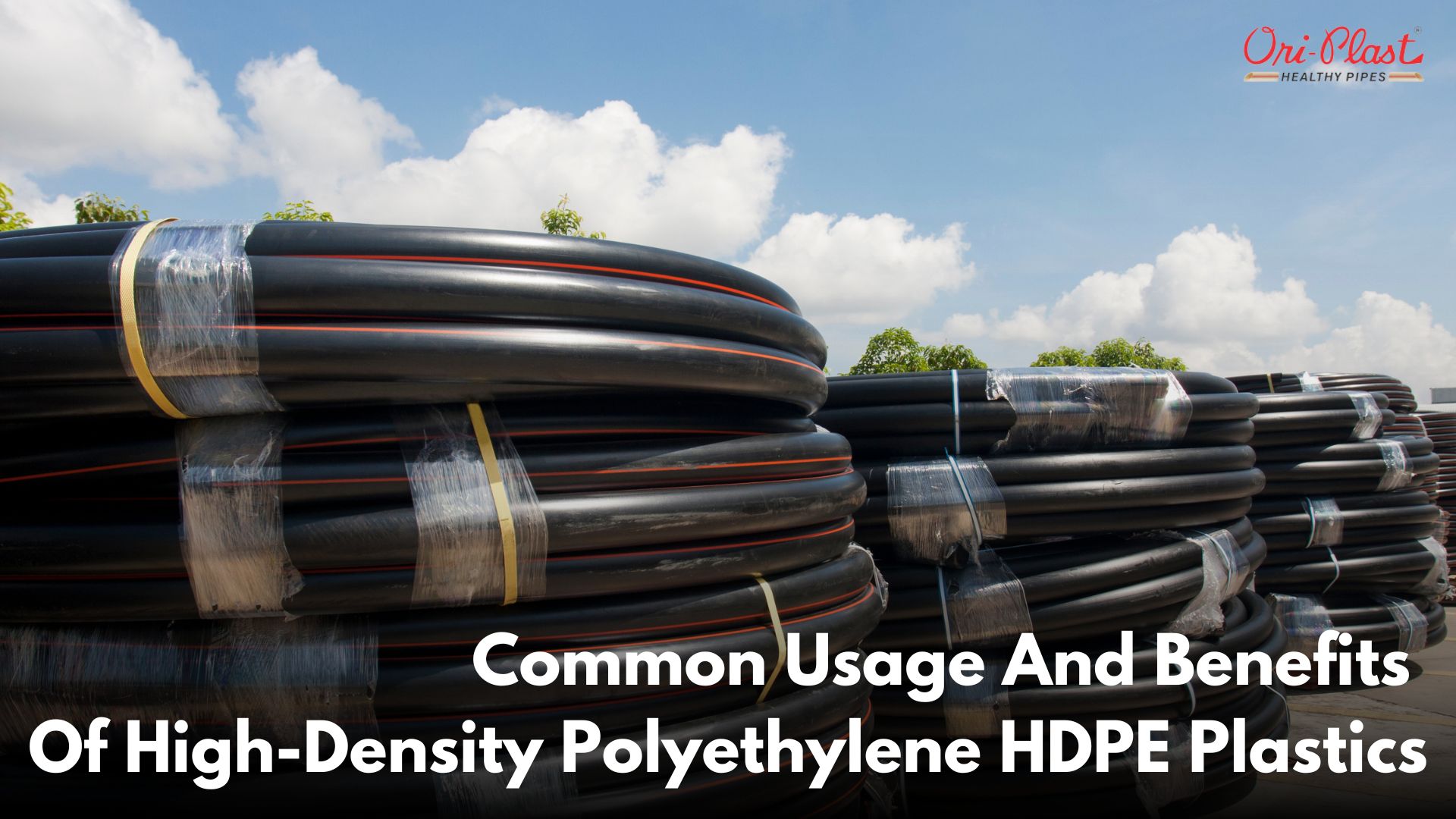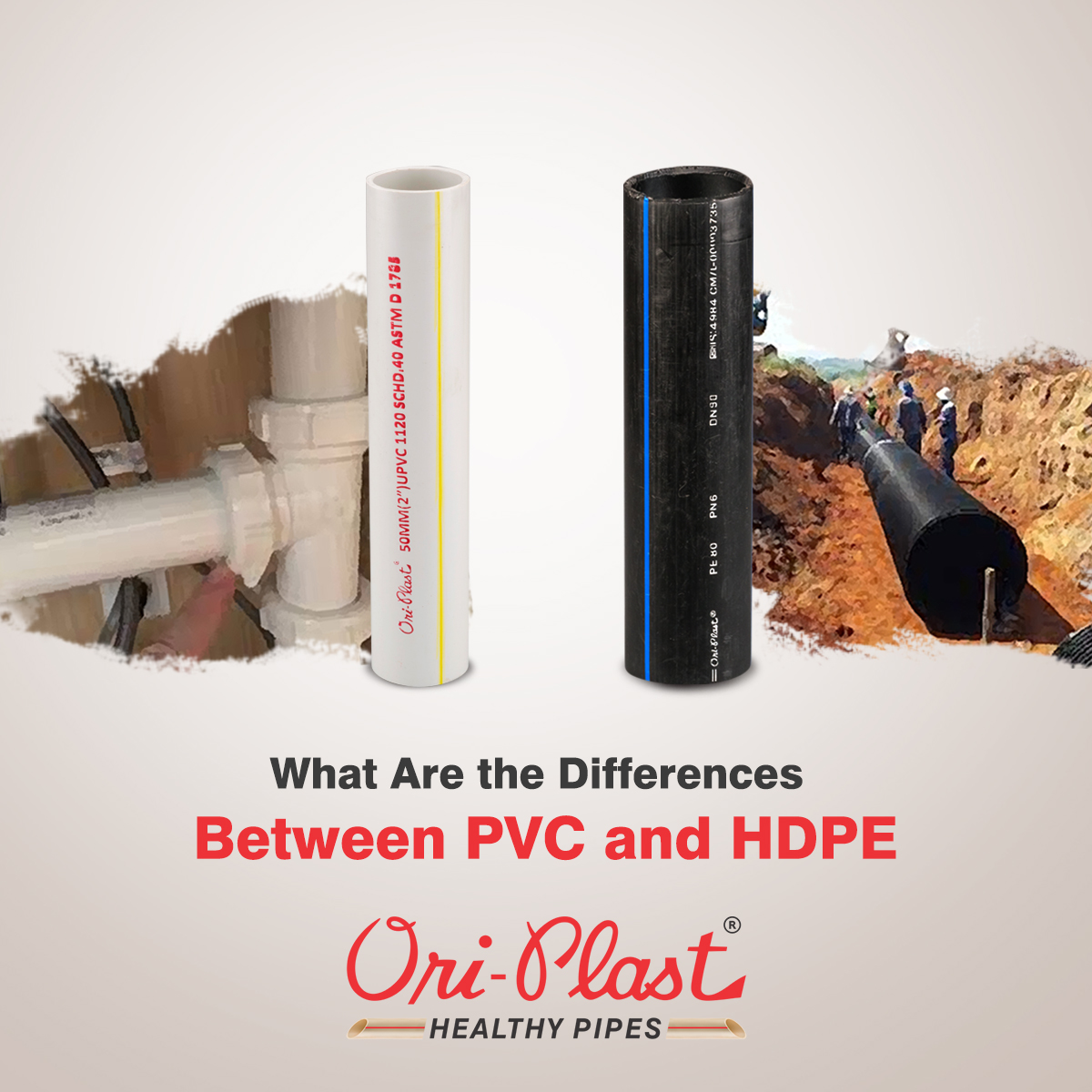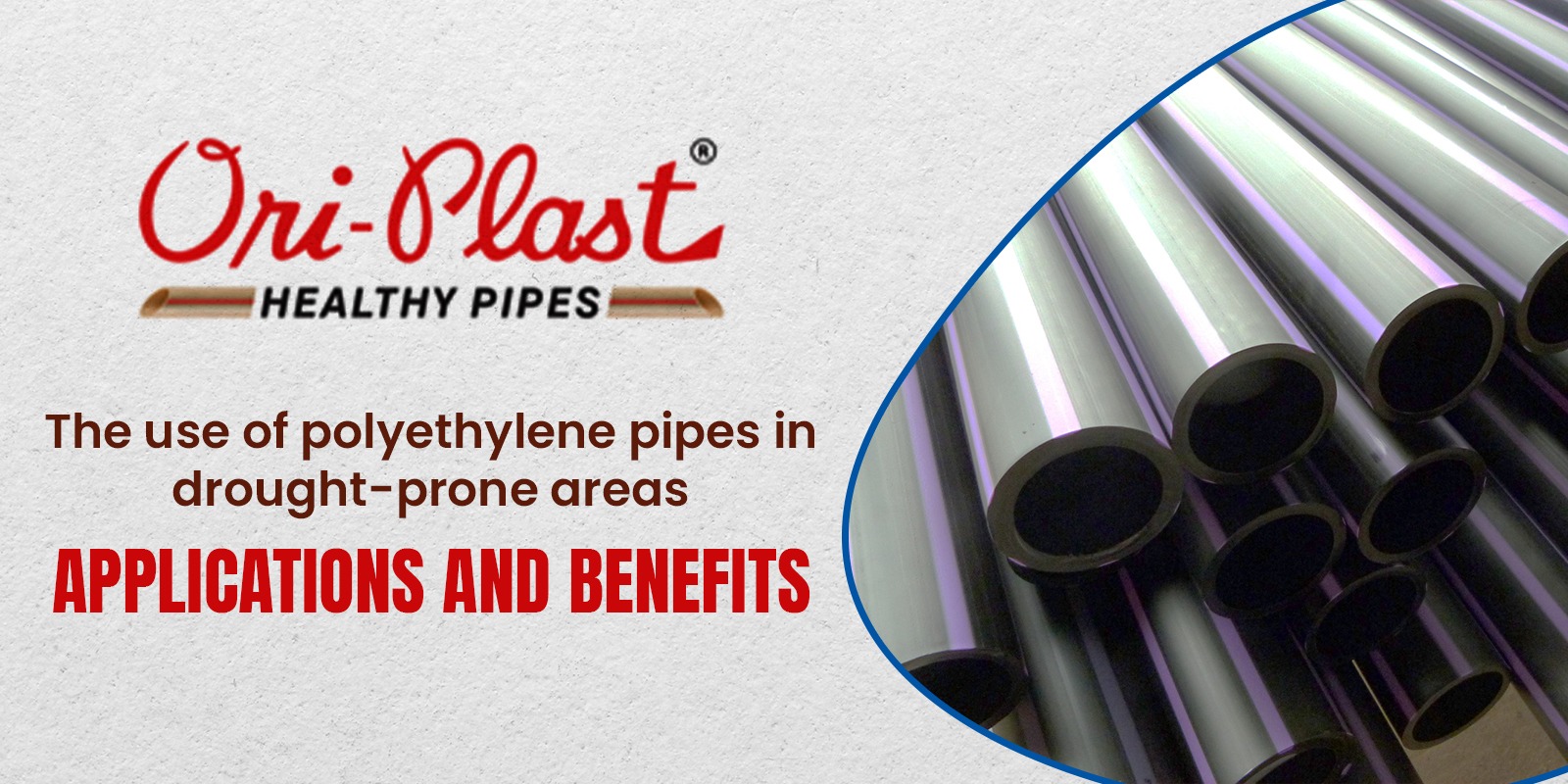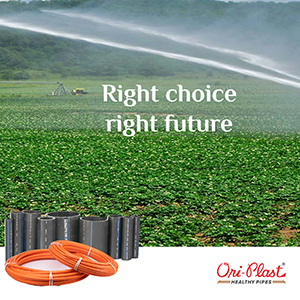What is HDPE?
High-Density Polyethylene (HDPE) is a thermoplastic polymer made from petroleum. It is known for its high strength-to-density ratio, which means it is strong yet lightweight. HDPE is a versatile plastic that has been around since the 1950s and has grown in popularity due to its durability, resistance to impact, and ability to withstand various environmental conditions.
How is HDPE Made?
HDPE is produced by the polymerization of ethylene, a gas derived from natural gas or petroleum. The process involves the use of catalysts and pressure to create a polymer chain. The resulting plastic has a high molecular weight, which gives HDPE its strength and durability.
Types of HDPE
- Blow-Molded HDPE: Used in bottles, containers, and other hollow forms.
- Injection-Molded HDPE: Used in caps, lids, and containers with more complex shapes.
- Film and Sheet HDPE: Used in packaging, liners, and other thin applications.
Common Uses of HDPE Plastics
Packaging
HDPE is extensively used in the packaging industry due to its durability and resistance to chemicals.
- Bottles: HDPE is the material of choice for bottles that store milk, juice, and other liquids. Its strength ensures that the bottle does not break easily, while its chemical resistance prevents it from reacting with the contents.
- Containers: Food storage containers, detergent bottles, and oil cans are often made from HDPE. These containers need to be sturdy and capable of withstanding different temperatures, making HDPE ideal for the job.
- Plastic Bags: HDPE is used in the production of lightweight plastic bags. These are commonly found in grocery stores and retail shops, valued for their strength and flexibility.
Piping and Conduits
One of the most significant applications of HDPE is in piping systems.
- Water and Sewer Pipes: HDPE pipes are commonly used for potable water, wastewater, and irrigation systems. They are preferred for their corrosion resistance, flexibility, and long lifespan.
- Gas Pipes: HDPE pipes are also used in natural gas distribution due to their ability to withstand high pressure and resistance to cracking.
- Electrical Conduits: HDPE conduits are used to protect electrical cables underground. Their resistance to moisture and chemicals makes them ideal for this purpose.
Construction Materials
HDPE plays a crucial role in the construction industry.
- Geomembranes: HDPE geomembranes are used as liners in landfills, ponds, and other containment applications. They are valued for their impermeability and resistance to UV rays.
- Building Materials: HDPE is used in the production of building materials such as roofing membranes, window frames, and flooring. These materials benefit from HDPE’s durability and weather resistance.
Agricultural Applications
HDPE is also widely used in agriculture.
- Irrigation Systems: HDPE pipes are used in irrigation systems to transport water efficiently across fields. Their flexibility and resistance to chemicals make them ideal for agricultural use.
- Greenhouse Films: HDPE films are used to cover greenhouses, providing protection against harsh weather conditions while allowing sunlight to penetrate.
- Packaging for Fertilizers and Chemicals: HDPE containers are used to store and transport agricultural chemicals and fertilizers safely.
Household Products
HDPE is found in a variety of household products.
- Toys: Many children's toys are made from HDPE because it is non-toxic, durable, and easy to clean.
- Furniture: Outdoor furniture, such as chairs and tables, are often made from HDPE. It’s resistant to moisture and UV rays, making it perfect for outdoor use.
- Household Containers: Storage bins, laundry baskets, and trash cans are commonly made from HDPE due to their sturdiness and resistance to impact.
The Benefits of Using HDPE Plastics
Durability and Strength
HDPE is renowned for its durability and strength. It can withstand heavy loads, making it ideal for applications requiring toughness, such as piping, containers, and construction materials.
Chemical Resistance
HDPE is highly resistant to chemicals, making it suitable for storing and transporting hazardous materials. It doesn’t react with most acids, bases, and solvents, ensuring that the contents remain safe and uncontaminated.
Weather Resistance
HDPE can withstand a wide range of temperatures and is resistant to UV rays, making it suitable for outdoor applications. It does not become brittle in cold weather or degrade in hot conditions.
Lightweight
Despite its strength, HDPE is lightweight. This makes it easy to transport and handle, reducing shipping costs and making it more convenient for manufacturers and consumers alike.
Recyclability
HDPE is one of the most commonly recycled plastics. It can be melted down and reformed into new products without losing its properties, making it an environmentally friendly choice. Recycled HDPE is often used to make new containers, piping, and other products.
Low Cost
HDPE is relatively inexpensive compared to other materials. Its low cost, combined with its durability and versatility, makes it a popular choice for manufacturers across various industries.
Environmental Impact of HDPE Plastics
Recycling of HDPE
HDPE is one of the most widely recycled plastics. Many recycling programs accept HDPE products, such as bottles and containers, which can be reprocessed into new items. The recycling process involves melting down the plastic and reforming it, which conserves resources and reduces waste.
- Closed-Loop Recycling: HDPE can be recycled in a closed-loop system, meaning it can be used to make the same product over and over again. For example, a recycled HDPE bottle can be turned into a new HDPE bottle.
- Downcycling: Sometimes, HDPE is recycled into lower-value products, such as plastic lumber, piping, or construction materials. While this is not as sustainable as closed-loop recycling, it still helps reduce the demand for virgin plastic.
Biodegradability and Decomposition
One of the challenges with HDPE is that it is not biodegradable. It can take hundreds of years to decompose in a landfill, contributing to the growing problem of plastic waste.
- Degradable Additives: Some manufacturers are now adding degradable additives to HDPE products to help them break down more quickly. However, these additives can also make recycling more difficult, as they can compromise the quality of the recycled plastic.
- Plastic Pollution: HDPE can contribute to plastic pollution if not disposed of properly. When HDPE products end up in the environment, they can break down into microplastics, which can harm wildlife and ecosystems.
Innovations and Future Trends in HDPE
Biodegradable HDPE
Researchers are working on developing biodegradable versions of HDPE. These new materials aim to offer the same benefits as traditional HDPE, but with the added advantage of breaking down more quickly in the environment.
Advanced Recycling Technologies
New recycling technologies are being developed to improve the efficiency and quality of HDPE recycling. For example, chemical recycling processes can break down HDPE into its original monomers, allowing for the production of virgin-quality plastic from recycled material.
Sustainable Alternatives
There is growing interest in finding sustainable alternatives to HDPE and other plastics. Bio-based plastics made from renewable resources, such as corn or sugarcane, are being explored as potential substitutes. These materials could reduce the reliance on fossil fuels and lower the environmental impact of plastic production.
How to Properly Dispose of HDPE Plastics
Recycling at Home
The best way to dispose of HDPE products is to recycle them. Most local recycling programs accept HDPE items like bottles, containers, and bags. Check the recycling symbol on the product – HDPE is usually marked with a number 2 inside the recycling triangle.
- Clean Before Recycling: Make sure to rinse out any food or liquids from containers before recycling them. Contaminants can interfere with the recycling process.
- Separate from Other Plastics: HDPE should be sorted separately from other types of plastic. Mixing different plastics can lower the quality of the recycled material.
Drop-Off Locations
Some areas have specific drop-off locations for recycling HDPE products that may not be accepted in curbside programs, such as plastic bags or large containers. These drop-off sites ensure that the plastic is properly processed and recycled.
Reusing HDPE Products
Before recycling, consider reusing HDPE products. Many HDPE containers and bags are durable enough to be used multiple times. Reusing items reduces waste and extends the life of the plastic.
Landfill Disposal
If HDPE products cannot be recycled, they will likely end up in a landfill. While HDPE is less harmful than some other plastics, it still contributes to long-term environmental waste. Always prioritize recycling or reusing before disposing of HDPE in the trash.
Conclusion
HDPE plastics are a crucial part of modern life, found in everything from packaging and construction materials to household products and agricultural applications. Their strength, durability, and versatility make them invaluable across various industries. However, like all plastics, HDPE poses environmental challenges, particularly in terms of disposal and recycling. By understanding the benefits and drawbacks of HDPE, we can make more informed decisions about how to use and dispose of these plastics responsibly.
As technology advances, we can expect to see further innovations in HDPE production and recycling, offering more sustainable solutions for the future. Until then, recycling, reusing, and properly disposing of HDPE products remain essential practices for minimizing their environmental impact.




